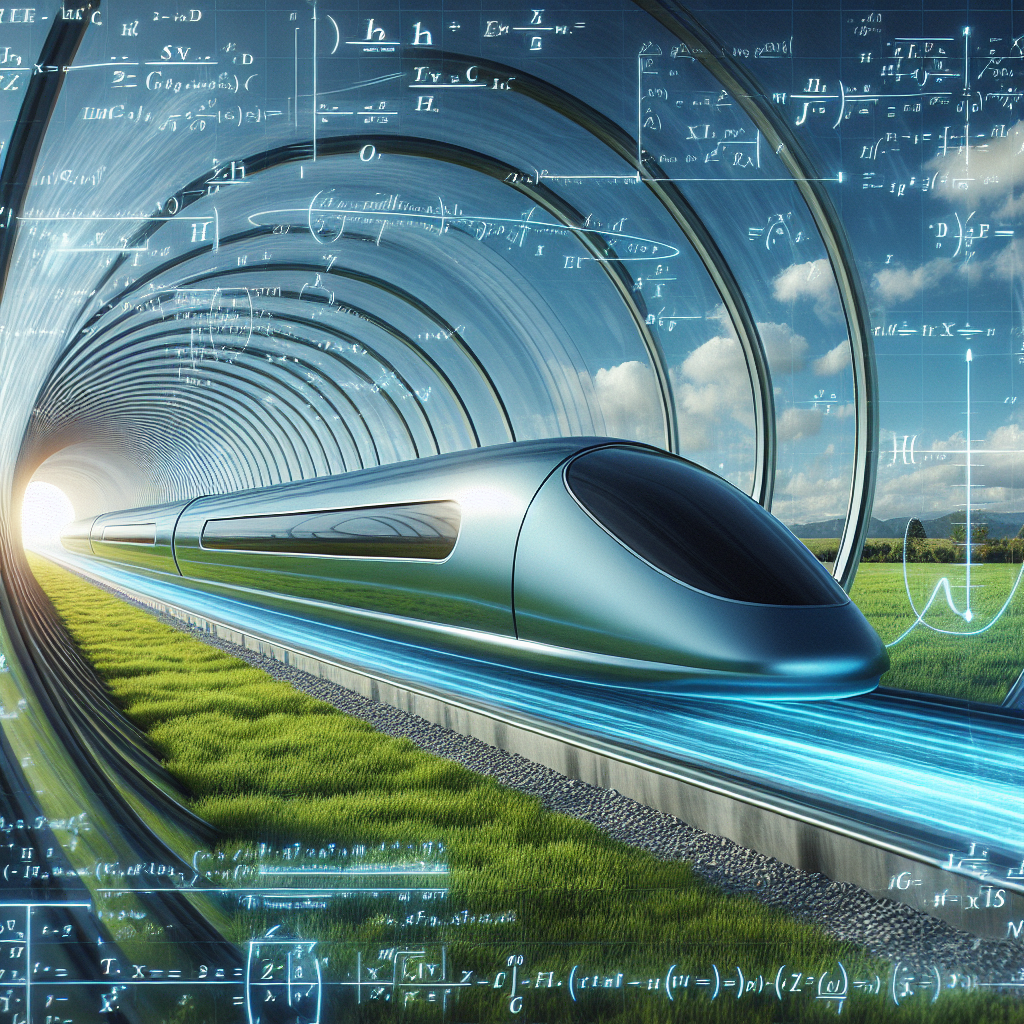Introduction
The Hyperloop represents a groundbreaking transportation concept that promises to revolutionize urban commuting by drastically reducing travel times. In this article, we will explore the physics behind speed and how the Hyperloop can significantly change the way we move from one place to another.
The Basics of Speed
What is Speed?
Speed is the distance traveled per unit of time. It is one of the most fundamental concepts in physics and plays a crucial role in understanding how transportation systems operate.
- Formula: Speed = Distance / Time
- Units: Commonly measured in meters per second (m/s) or kilometers per hour (km/h).
Current Commuting Methods
Examples of Traditional Transportation
Here are some common commuting methods and their average speeds:
| Mode of Transport | Average Speed (km/h) |
|---|---|
| Car | 60-100 |
| Train | 80-300 |
| Airplane | 800-900 |
| Bicycle | 15-30 |
The Hyperloop Concept
How Does Hyperloop Work?
The Hyperloop is a proposed mode of transportation that utilizes a sealed tube or pod system. Here are key components of the Hyperloop technology:
- Vacuum Sealed Tubes: Reduces air resistance and allows for high-speed travel.
- Magnetic Levitation: Uses magnets to lift and accelerate the pods.
- Solar Energy: A proposed energy source to power the system.
Physics Behind Hyperloop
Key Physics Principles
The operation of the Hyperloop is rooted in several physical principles:
- Newton’s Laws of Motion: Predict the motion of the pods within the tubes.
- Aerodynamics: Minimizing drag is crucial for attaining high speeds.
- Thermodynamics: Managing energy efficiency is essential for sustainable operation.
Potential Benefits of Hyperloop
Impact on Commuting
The Hyperloop has the potential to transform urban commuting in various ways:
- Significantly reduced travel times.
- Lower carbon emissions compared to cars and planes.
- More efficient transportation of goods and services.
Challenges and Considerations
Obstacles to Implementation
While the Hyperloop presents exciting prospects, there are challenges to overcome:
- High initial construction costs.
- Regulatory and safety concerns.
- Technological limitations and uncertainties.
FAQ
What is the expected speed of the Hyperloop?
The Hyperloop is designed to travel at speeds of up to 1,200 km/h (approximately 746 mph).
How does Hyperloop address safety concerns?
Safety features are integrated into the design, including emergency braking systems and rapid evacuation procedures.
When is the Hyperloop expected to be operational?
While timelines vary, several companies aim for operational prototypes within the next decade.
Conclusion
In conclusion, the Hyperloop is poised to redefine the future of urban transportation. By leveraging principles of physics and cutting-edge technology, it promises to deliver unprecedented speeds and efficiency. While challenges remain, the potential benefits make further exploration and investment in Hyperloop technology essential for the future of commuting.
